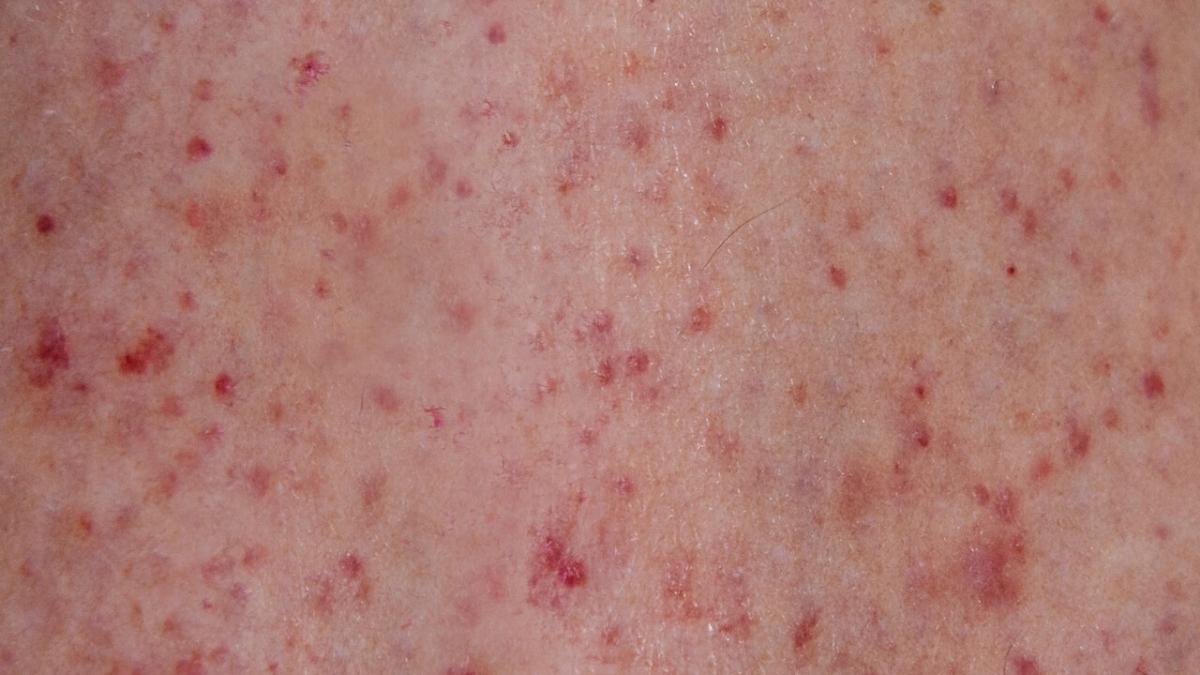Surprisingly, the seemingly harmless tilapia fish, a staple in diets worldwide, harbors a hidden danger that may cause concern among seafood lovers. Despite its mild flavor and affordability, tilapia is often found to contain dangerously high levels of dioxin, a toxic chemical that has infiltrated the global food chain.

The Health Risks of Dioxin in Tilapia
Dioxin contamination in tilapia is a significant issue that raises serious health concerns. While tilapia is frequently praised as a nutritious source of protein, its high dioxin content poses a threat to consumers. Dioxin is known for its strong links to various forms of cancer, making it a hidden hazard within what seems like a safe dietary choice.
What is Tilapia?
Tilapia, often referred to as the “aquatic chicken” of the seafood industry, has gained immense popularity due to its mild taste, versatility, and cost-effectiveness. It is a common protein source across various demographics, appearing in countless recipes worldwide.
The fish’s affordability and accessibility make it an attractive option for consumers and producers alike. With increasing demand, tilapia farming has expanded dramatically, making it one of the most cultivated fish species globally. Here are some of the most commonly farmed tilapia species:
- Oreochromis niloticus (Nile tilapia): The most widely farmed species, native to Africa and the Middle East.
- Oreochromis aureus (Blue tilapia): Originating from Africa and Israel, this species is known for its tolerance to cooler waters.
- Oreochromis mossambicus (Mozambique tilapia): Native to southeastern Africa, adaptable to varying water conditions.
- Oreochromis urolepis hornorum (Wami tilapia): Found in Tanzania, capable of surviving in both fresh and brackish water.
- Sarotherodon melanotheron (Black-chinned tilapia): Less commonly farmed but significant in some regions of West Africa.
- Hybrid tilapia: Created by crossing different species to enhance growth rate and disease resistance.

Understanding Dioxin Contamination
Dioxins are a group of highly toxic chemical compounds that accumulate in the environment and enter the food chain. The most infamous type, 2,3,7,8-tetrachlorodibenzo-p-dioxin (TCDD), is particularly harmful.
Dioxins are not deliberately produced but emerge as byproducts of industrial activities such as waste incineration, chemical manufacturing, and even natural processes like forest fires. These toxins persist in the environment and accumulate in the fatty tissues of animals, ultimately making their way into food products, including farmed fish like tilapia.
Health Risks of Dioxin Exposure
Consumption of dioxin-contaminated tilapia can lead to severe health issues, including:
- Cancer: Dioxins have been strongly linked to increased risks of lung, breast, liver, and prostate cancer due to their ability to disrupt cellular processes and trigger uncontrolled cell growth.
- Immune System Suppression: Exposure to dioxins weakens the immune system, making individuals more prone to infections and illnesses.
- Hormonal Imbalance: Dioxins can interfere with the endocrine system, leading to reproductive and developmental problems.
- Skin Disorders: Prolonged exposure may cause dermatological conditions and other skin-related issues.
- Liver Damage: The liver, responsible for detoxifying harmful substances, can suffer significant damage from dioxin exposure.
- Neurological Effects: Long-term exposure has been associated with psychological disorders and cognitive impairments.
Dioxin in Farmed Tilapia
Research indicates that farmed tilapia often contains dangerously high levels of dioxin, sometimes exceeding regulatory safety limits. This is due to contaminated water sources and the fish’s diet, which may include feed tainted with toxic compounds. Since tilapia can survive in polluted waters, they are more likely to accumulate these harmful substances.
The widespread consumption of dioxin-laden tilapia presents a public health challenge. Given its affordability, many people depend on this fish as a primary protein source, unknowingly exposing themselves to potential health risks.
Raising Consumer Awareness
Understanding the dangers of dioxin contamination in tilapia is crucial for making informed dietary choices. Consumers must be aware of the health risks and take necessary precautions when purchasing seafood.
How to Make Safer Seafood Choices:
- Read Labels Carefully: Look for information regarding the fish’s source and quality standards.
- Research Suppliers: Ensure seafood comes from farms or fisheries that follow stringent safety regulations.
- Use Seafood Guides: Reliable seafood guides and apps provide data on contamination risks and sustainable options.
- Support Sustainable Fisheries: Choose seafood from responsible, eco-friendly sources.
- Diversify Seafood Consumption: Incorporate a variety of fish into your diet to minimize exposure to potential toxins.
Farm-Raised vs. Wild-Caught Tilapia
The debate between farm-raised and wild-caught tilapia is significant in assessing health risks.
Farm-Raised Tilapia:
- Pros: Readily available, affordable, and mass-produced.
- Cons: Higher risk of dioxin contamination due to water pollution and feed quality; lower omega-3 content.
Wild-Caught Tilapia:
- Pros: Generally has a more varied diet, leading to higher omega-3 levels; lower dioxin contamination.
- Cons: Less available, potentially more expensive.
When choosing between the two, wild-caught tilapia is often the healthier choice due to its cleaner environment and more diverse nutrient profile. However, both can be safe if sourced from reputable suppliers.
Healthier Alternatives to Tilapia
Given the risks associated with dioxin in tilapia, exploring alternative seafood options is essential. Here are some healthier choices with lower contamination risks:
- Salmon: Rich in omega-3 fatty acids, especially wild-caught varieties, with lower dioxin concerns.
- Sardines: High in omega-3s and naturally low in contaminants.
- Mackerel: A great alternative with a strong nutrient profile and minimal toxin risk.
- Trout: Often farmed in cleaner freshwater environments, making them a safer choice.
- Arctic Char: Similar to salmon, offering excellent health benefits with lower dioxin exposure.
Signs of Fish Contamination
To ensure seafood safety, watch for these signs of potential contamination:
- Unusual Odor: A strong, unpleasant smell after cooking may indicate spoilage or contamination.
- Discoloration or Mold: Visible abnormalities on the skin or flesh suggest the fish is unsafe.
- Gastrointestinal Symptoms: Nausea, vomiting, diarrhea, or stomach cramps following fish consumption may indicate contamination.
- Long-Term Health Changes: Persistent exposure to toxins in fish may lead to chronic health conditions.
If any of these signs appear, avoid consuming fish from that source and seek medical advice if necessary.
Making Informed Seafood Choices
Not all fish are created equal, and tilapia, despite its popularity, poses significant health concerns due to its dioxin content. Awareness of these risks allows consumers to make healthier choices and prioritize their well-being.
Choosing wild-caught tilapia or alternative fish options can help mitigate exposure to harmful contaminants. Supporting sustainable seafood practices ensures both personal health and environmental conservation.
By staying informed and making conscious decisions about seafood consumption, individuals can protect themselves from potential health hazards while enjoying the nutritional benefits of fish.


